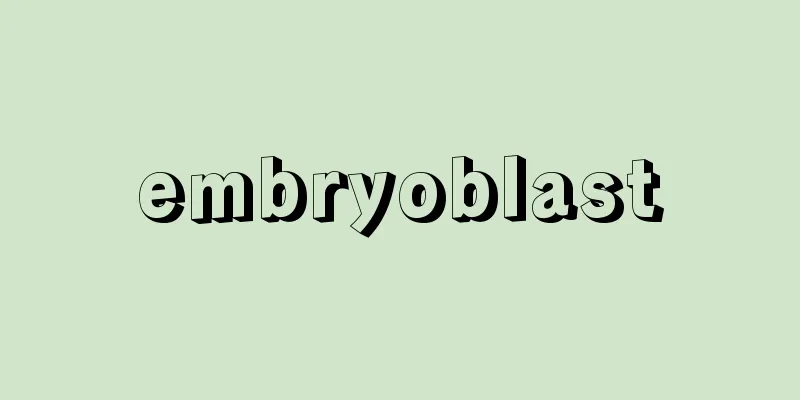Heating furnace

|
A furnace that heats objects (solid, liquid, gas) to a specified temperature, and is used for a variety of purposes, including rolling, forging, heat treatment, melting, distillation, degassing, and refining. Heat sources for heating include fuels (solid, liquid, and gaseous fuels such as coal, heavy oil, and propane gas) or electricity. Electric heating is divided into resistance heating, induction heating, dielectric heating, infrared heating, and arc heating, depending on the heating method. Electric heating is easier to achieve high temperatures than combustion heating, but the energy costs are high. There are two types of heating methods: direct heating of the object to be heated and indirect heating through a partition. Radiant tubes, retorts, and muffles made of heat-resistant steel, or muffles made of refractory materials, are used for the partition. Direct heating methods are easier to heat quickly than indirect methods, and exhaust heat recovery is also easier. Indirect heating methods are used when it is necessary to prevent surface oxidation of the object to be heated. There are three operating methods: a continuous type in which the heated object is continuously charged into the furnace and extracted from the furnace, a semi-continuous type in which charging and extraction are performed at regular intervals, and a batch type in which the heated object is heated while remaining in the furnace and is not charged or extracted until heating is complete. The continuous type is suitable for mass production of a small variety of products, while the batch type is suitable for small-scale production of a wide variety of products. Furnaces are available in horizontal and vertical shapes. [Jun Kikuchi] Source: Shogakukan Encyclopedia Nipponica About Encyclopedia Nipponica Information | Legend |
|
物体(固体、液体、気体)を所定温度にまで加熱する炉で、圧延、鍛造、熱処理、溶融、蒸留、脱ガス、精製など多目的に用いられる。加熱用熱源には、燃料(石炭、重油、プロパンガスなどの固体・液体・気体燃料)あるいは電気を用いる。電気加熱は発熱方式によって、抵抗加熱、誘導加熱、誘電加熱、赤外線加熱、アーク加熱などに分けられる。電気加熱は燃焼加熱に比べて高温を得やすいが、エネルギー費が高い。加熱方式には、被加熱物体を直接加熱する方式と、隔壁を通して間接加熱する方式とがある。隔壁には、耐熱鋼製のラジアントチューブ、レトルト、マッフルあるいは耐火物製のマッフルなどを用いる。直接加熱方式は間接式に比べて急速加熱しやすく、排熱回収も容易である。間接式は被加熱物体の表面酸化などを防止する必要があるときに用いられる。操業方式としては、被加熱物体の炉内への装入、炉内からの抽出を連続的に行う連続式と、装入・抽出を一定時間ごとに行う準連続式と、被加熱物体を炉内に置いたまま加熱し、加熱終了までその装入・抽出を行わない回分式(バッチ式)とがある。連続式は少品種の多量生産に適し、バッチ式は多品種の少量生産に適する。炉の形には横形と立形とがある。 [菊池 淳] 出典 小学館 日本大百科全書(ニッポニカ)日本大百科全書(ニッポニカ)について 情報 | 凡例 |
<<: "Otogiku Family Ghost Story" - The ghost of the Otogiku family
>>: Heat melt polycondensation
Recommend
Aleksandr Vasil'evich Kolchak
A Russian admiral. Leader of the counter-revoluti...
carriage
…Seventeen types of carriages are known from Roma...
Gazami fujitsubo - Gazami fujitsubo
...Other known barnacles include the striped turt...
Blue vine
Also called kamiebi. A deciduous woody vine of the...
British Commonwealth Preference Tariff System
The system of preferences was established based on...
Mirror Skin
A mirror-like smooth and shiny fault surface form...
Kunikida Doppo - Kunikida Doppo
Poet and novelist. Born on July 15, 1871 in Chosh...
Gelderland - Gelderland (English spelling)
A province in the eastern part of the Netherlands,...
Yuhanna b. Masawayh (English spelling)
...The book mainly includes the theories of Greek...
Psychoanalysis - Psychoanalysis
Founded by S. Freud at the end of the 19th century...
daire
... This drum is the same kind as the one called ...
Movimento Sociale Italiana (English) MovimentoSocialeItaliana
...Apart from the main leaders, the expulsion of ...
enmein
…It is distributed in Hokkaido, Honshu, Shikoku, ...
Repton, H.
...Against this trend, Brown, nicknamed "Cap...
Kerala (State)
A state in the southwest of India. Also known as t...









